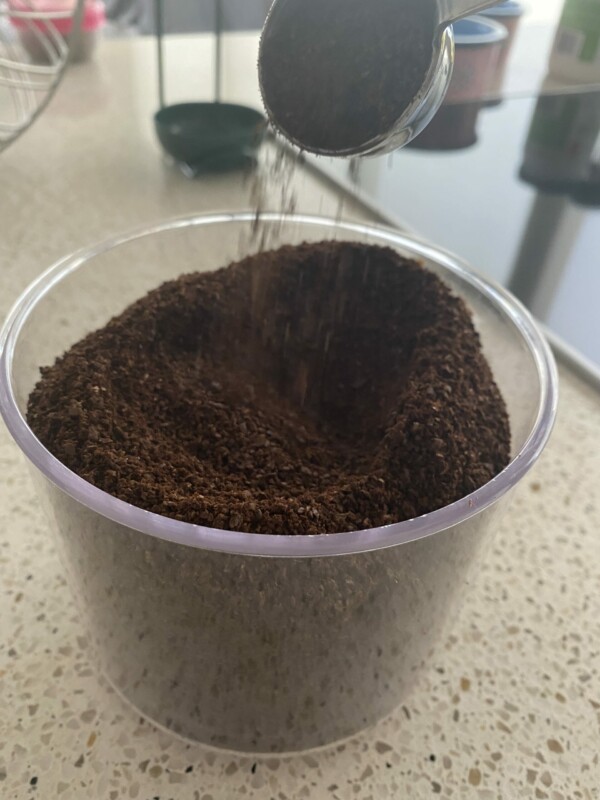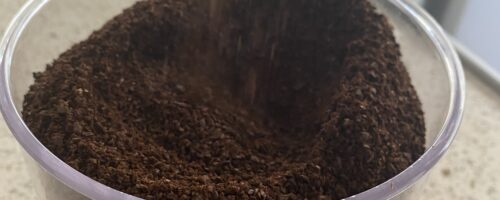
Latin America
How is it produced?
Coffee beans come from trees that are grown in over 70 countries along the “Coffee Belt” or the “Bean Belt”, which is along the equator. The three common regions for sourcing coffee are East Africa and the Arabian Peninsula, Southeast Asian and the Pacific, and Latin America (Starbucks, 2020). Contrary to popular belief, coffee beans are actually seeds that grow in coffee cherries (also called fruit) on the tree (Thurston et al., 2013). There are two types of coffee beans that are eventually consumed by us, Arabica and Robusta. Arabica beans are grown at higher altitudes, have a better taste, and are lower in caffeine. Robusta beans grow at lower altitudes and are easier to cultivate, but have a more bitter flavour and more caffeine (Thurston et al., 2013). As such, the Arabica beans are higher quality and are the most popular among coffee drinkers, with about two thirds of all traded beans being Arabica (Wallach, 2020).
When the fruit is fully mature, it is harvested either manually or mechanically and then left out to dry or undergo wet processing (Farah, 2019). Beans that are dried are done so intact, whereas wet processed beans are washed and then milled to remove the seed from the fruit (Farah, 2019). Next, the beans are roasted to different specifics as required by the buyer, or are sold raw as green beans and then the buyers (such as coffee chains) will roast them in their own facility. After roasting, the beans are ready to be ground and brewed into your favourite beverage!
Describe the supply chain to the store shelf in Canada:
Canada has a big thirst for coffee, but of course coffee cannot be grown in our country, so it is imported via American or International importers (Coffee Association of Canada, n.d.). According to the Coffee Association of Canada, the supply chain is as follows: farmers, intermediaries (if necessary), exporters, importers, roasters, and then finally the consumers (Coffee Association of Canada, n.d.). The beans are harvested by the farmers and then dried on site, or transported to an offsite location to be dried and processed. From there, the dried unroasted coffee beans are packaged into airtight opaque containers and are shipped to, in the case of Canada, an importer in the US (Thurston et al., 2013). From there, the beans are shipped to Canada where they are inspected at a warehouse (wherever they arrive) by the roasters or wholesalers, and finally they are on Canadian soil. At this point, the beans will be roasted and then once again packaged for wholesale (think coffee chains) or retail, the small bags we see in the grocery stores (Thurston et al., 2013). Finally, the bags are shipped off to grocery stores or coffee houses where they are bought by the consumer, ground, brewed and enjoyed after passing though many hands, countries and even continents.
What is the power balance between the producer and seller?
In 2018, an estimated 7.2 million tonnes of coffee beans were exported and shipped from producing countries, worth a total value of around $19.2 billion (Wallach, 2020). About 80% of the worlds’ supply of coffee is grown on small, locally owned farms (Fairtrade, 2021), and these farmers have little say in the price they receive for their beans. According to Vogt, the fixed price of the coffee beans is negotiated by the buyers, not the producers (farmers), and it is also subject to inflation (Vogt, 2019). At such a low price, usually falling between $1.51 – $1.87 a pound, the farmers have to grow other crops or find other work to supplement their income (Vogt, 2019).
There are, however, processes in place that are trying to guarantee a minimum base pay for coffee bean farmers. Rainforest Alliance and Fairtrade are certification systems that are trying to make the coffee industry more sustainable and with higher incomes for the farmers (Vogt, 2019). Fairtrade’s website says that they only support small-scale farmers (which is 80% of the them), and they do so by ensuring a minimum price per pound (for conventional and organic) as well as a premium (Fairtrade, 2021). This ensures that the farmers have a stable income, but also ensures accountability for buyers who chose to purchase only Fairtrade certified beans.
Rainforest Alliance, on the other hand, supports large–scale corporations. Their website says that they certify farms, forests, and tourism companies that meet their guidelines (Rainforest Alliance, 2021). They do not guarantee any sort of income for those working on certified farms, and they only claim that “studies demonstrate that workers on certified farms are more likely to have better working conditions, PPE, and labor protections” (Rainforest Alliance, 2021).
Can you recommend changes to the system to improve the balance?
While organizations such as Fairtrade are working to ensure a minimum income for coffee bean farmers, there needs to be more accountability on the buyers and consumers of the products. Due to the higher prices, companies may choose to not buy from certified farms to save costs. The same applies to consumers as well, who may not associate spending an extra $2 on a bag of beans with the well-being of the farmer who grew them.
Coffee producers should have more bargaining power with the buyers, because they know first-hand the conditions under which the beans are grown, and they have to deal with weather, diseases and unproductive trees (Thurston et al., 2013).
Personally, I can choose to only buy Fairtrade certified beans at the store, and support coffee shops who do the same. The extra pennies make the difference to small-scale farmers.
References/Resources:
Farah, A. (2019). Coffee: Production, Quality and Chemistry. Royal Society of Chemistry.
Fairtrade Canada. (2021). Producers and Products/ Coffee. https://fairtrade.ca/producers-products/coffee/
Rainforest Alliance. (2020). What Does “Rainforest Alliance Certified” Mean? https://www.rainforest-alliance.org/insights/what-does-rainforest-alliance-certified-mean/
Starbucks. 2021. The Origin of coffee and its Cultivation.https://www.starbucks.com.cn/coffee-blog/en/the-origin-of-coffee-and-its-cultivation/
Thurston, R.W., Morris, J., Steimen, S. (2013). Coffee: A Comprehensive Guide to the Bean, the beverage, and the Industry. Rowman & Littlefield.
Vogt, M. (2019). Variance in Approach Toward A “sustainable” Coffee Industry in Costa Rica. Ubiquity Press.
Wallach, O. (2020). From Bean to Brew: The Coffee Supply Chain. Visual Capitalist. https://www.visualcapitalist.com/from-bean-to-brew-the-coffee-supply-chain/

